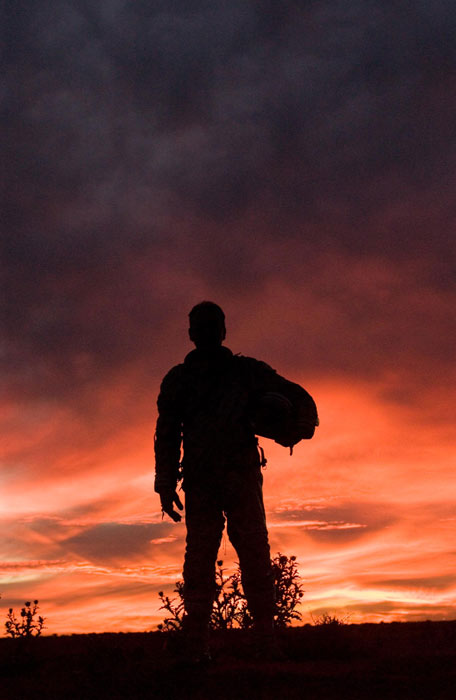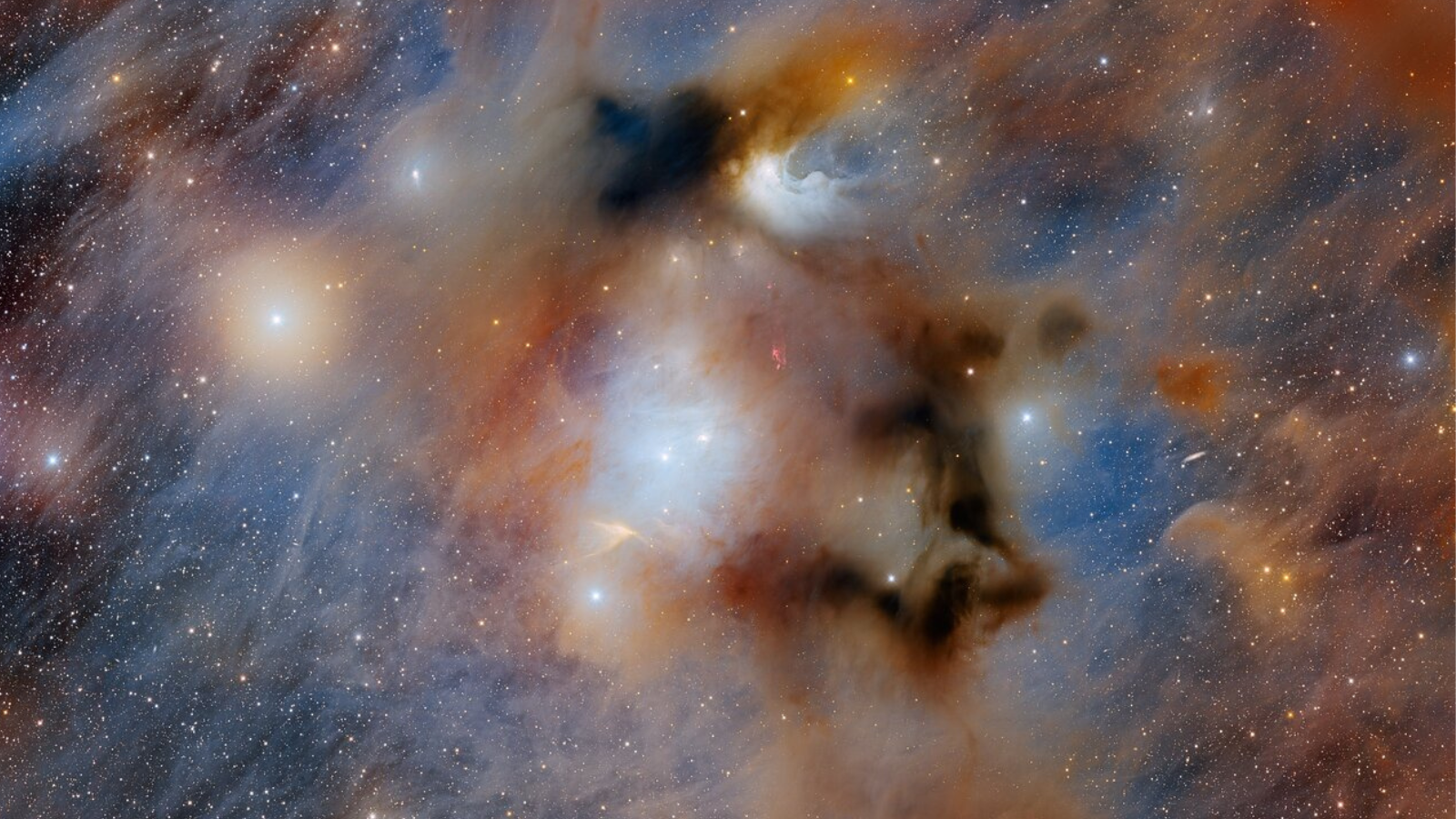The Astronaut Farmer: A Tough Row to Hoe

OK, don't make a mistake: this isn'treally a movie about space. "The Astronaut Farmer" is thequintessential American Story. That's right; it's the classic, archetypical,consummate, perfected American myth, served up in packaging so homespun, you'llwonder that the actors aren't dressed in quilts.
When it comes to this movie's theme,you already know the drill, because during your childhood, Hollywood sauteedyour tender brain with the potboiler genre known as the Western. And what wasthe icon of the Western? A rugged individual, hard as toolsteel on the outside, and soft as warm Jell-O within; a slouch-hatted pioneer who faced off against the dangerous peoplesand broken topography west of the Missouri.A lone man who would ride into town, solve everyone'sproblems, and then ride out of town, preferably at sunset.
It's the American myth, the HoratioAlger genotype: you can be whatever you want to be, if you just apply yourself.And you can do it without - and sometimes in spite of - the government. [IMAGES:View scenes from the film.]
So as the music fades up on thisfilm, we see Bill Farmer riding into town, a hero who wants to trade thewestern frontier for the final frontier. Farmer (who, despite the suggestivename, is actually a rancher) has a deep, philosophical affection for space. Heeven made it as far as NASA'sastronaut program, but washed out because he preferred attending to his familyover attending rocket-jockey school.
But now the kids are older, andFarmer still wants to take a spin around the planet. So rather than going theeasy and fashionable route - namely, paying the Russians $20 million andhitching a ride to the InternationalSpace Station - Farmer aims to become a freelance astronaut. He figures hecan single-handedly accomplish in a year or two what it took tens of thousandsof NASA engineers a decade to pull off. That's right: he's going to weldup a rocket in the backyard barn, strap himself in, pull the g's, and haulhimself (and ten thousand parts) into orbit [image].After a lap or two around the globe, he'll fire the retro's, parachute back to his Texas ranch in a padded capsule, kiss thekids, and live contentedly ever after. Have a nice day.
Now anyone who has any idea of thecomplexity of a modern rocket will find this premise risible. You might as wellposit that a Navy pilot who's washed out of "Top Gun" class will bolt togetheran F-14 Tomcat in his garage, and fly it to the nearest carrier.
But feasibility isn't what this isabout. The film is a nod to the growing clout of commercial space companies -efforts like BurtRutan's Scaled Composites, Peter Diamandis'X-Prize, and JeffBezos' Blue Origin. Yesterday, if you wanted aride into space, you had only one type of vendor: the national space agencies.Tomorrow willbe different.
Get the Space.com Newsletter
Breaking space news, the latest updates on rocket launches, skywatching events and more!
The desirability of privatizing thelaunch industry is often described with the chestnut that "if aviation hadremained in the hands of government, a flight from New York to San Franciscowould cost $500 million, and refueling and retooling the plane for the flightback would take three weeks." Of course, this sarcastic metaphor ignoresfundamental differences between aviation and spaceflight, but it appeals to theAmerican psyche because it's consonant with The Myth. "Leave it to a bigorganization, and you'll get glacial progress at immense cost."
Needless to relate, it's simply nottrue that the lone-wolf entrepreneur can inevitably beat the bureaucracy,although there are plenty of encouraging examples. Consider FedEx versus thePostal Service. Or Craig Venter's race against the U.S.Government to sequence the human genome. We like our slouch-hatted, iconoclastic heroes, even if their experience isatypical.
But of course, it isatypical. In most cases, it's "the organization" that gets things done.American individualism - steeped in can-do spirit and basted in Yankeeingenuity - sure sounds nice. But America's top-drawer inventor,Thomas Edison, had 1,093 successful patents during his lifetime. IBM had morethan three times that number just last year.
"TheAstronaut Farmer"portrays Americathe way the country likes to think of itself. And while you might whine thatthis is delusional, it does have its up side. America will often take on projectsthat seem impractical or even quixotic, simply because of its inheritedfrontier culture. Is there some reason that nearly every SETI experimentnow running in the world (with one exception) is in the United States?Is it because other countries don't have the telescopes? Don't have the moneyor the expertise? The answers to these questions are all "no". Then why isthis true?
Perhaps it's for the same reasonthat "The Astronaut Farmer" could only have been made in America.
- IMAGES: "The Astronaut Farmer" Gallery
- VIDEO: SpaceX's Homegrown Falcon 1 Rocket's Second Flight
- VIDEO: The New Space Tourists
- VIDEO: Blue Origin's Goddard Vehicle Test Launch
- Multimedia: A NewSpace Race
- Film Review - The Dream is Alive: 'The Astronaut Farmer'
Join our Space Forums to keep talking space on the latest missions, night sky and more! And if you have a news tip, correction or comment, let us know at: community@space.com.

Seth Shostak is an astronomer at the SETI (Search for Extraterrestrial Intelligence) Institute in Mountain View, California, who places a high priority on communicating science to the public. In addition to his many academic papers, Seth has published hundreds of popular science articles, and not just for Space.com; he makes regular contributions to NBC News MACH, for example. Seth has also co-authored a college textbook on astrobiology and written three popular science books on SETI, including "Confessions of an Alien Hunter" (National Geographic, 2009). In addition, Seth ahosts the SETI Institute's weekly radio show, "Big Picture Science."
